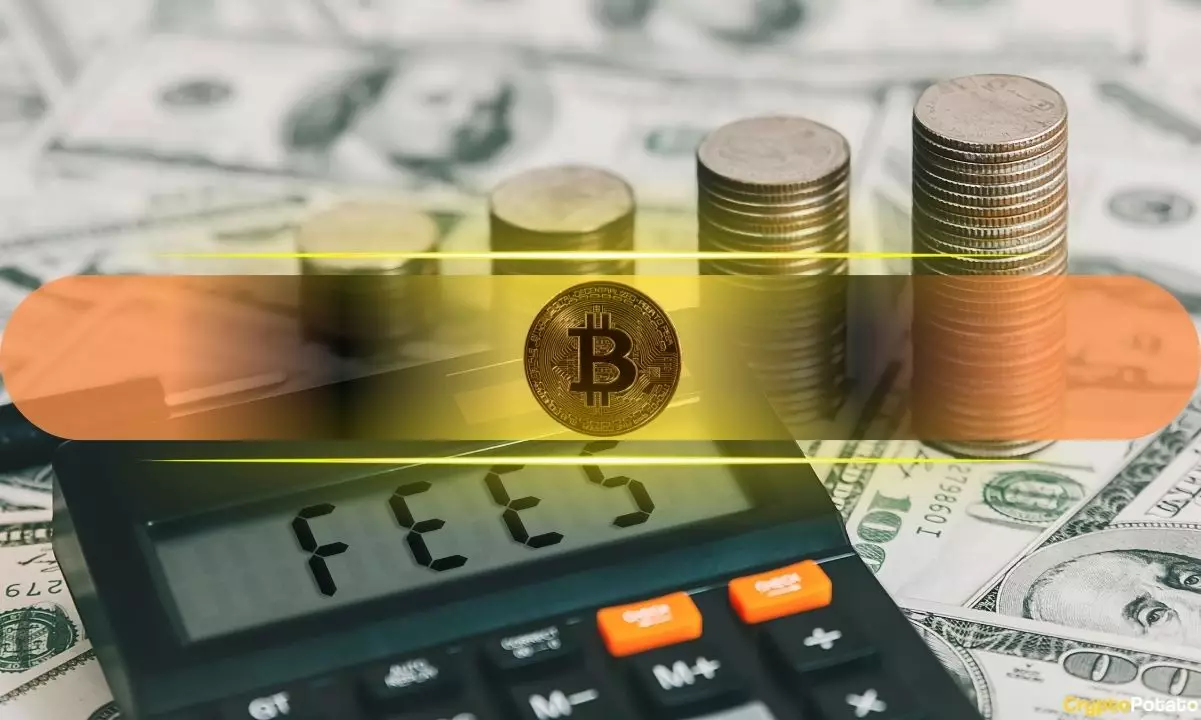The aftermath of the fourth Bitcoin halving event has brought significant changes to the landscape of miner revenue, particularly in terms of transaction fees. A recent report by CryptoQuant revealed a substantial decrease in the portion of miner revenue coming from transaction fees, contrasting sharply with the spike observed on the halving day.
Initially, transaction fees accounted for a staggering 75% of total miner revenue on April 19, coinciding with the day of the halving event. The sudden surge in transaction fees on that day led to a spike in daily miner revenue, peaking at $100 million. This surge was primarily driven by the Runes protocol, which catalyzed network activity by allowing the issuance and transfer of fungible tokens through the utilization of OP RETURN codes.
However, in the days following the halving event, transaction fees plummeted to much lower levels, constituting only 35% of total miner revenue. This decline, coupled with the reduction in daily issuance from 900 BTC to 450 BTC, has led to a decrease in daily miner revenue to approximately $50 million. Despite efforts to stabilize miner revenue by increasing transaction fees and the rising price of BTC, concerns remain about the sustainability of mining operations in the face of diminishing returns.
With transaction fees continuing to dwindle and BTC prices struggling to surpass $64,000, miners are facing a challenging environment that may force some to reconsider their operations. The impending threat of miners exiting the network could potentially impact the overall network hashrate, although current data suggests that miners are maintaining their operations at pre-halving levels.
As the Bitcoin network hashrate remains relatively stable at 617 EH/s and the hashprice hits a low of $0.07 per TH/s, the long-term implications of the halving event on mining operations are yet to be fully realized. While higher transaction fees and rising BTC prices offer some respite to miners, the uncertain future poses challenges that may reshape the dynamics of the mining ecosystem in the coming months. Only time will tell how miners adapt to the changing landscape and whether the network can sustain its current levels of activity.
















Leave a Reply